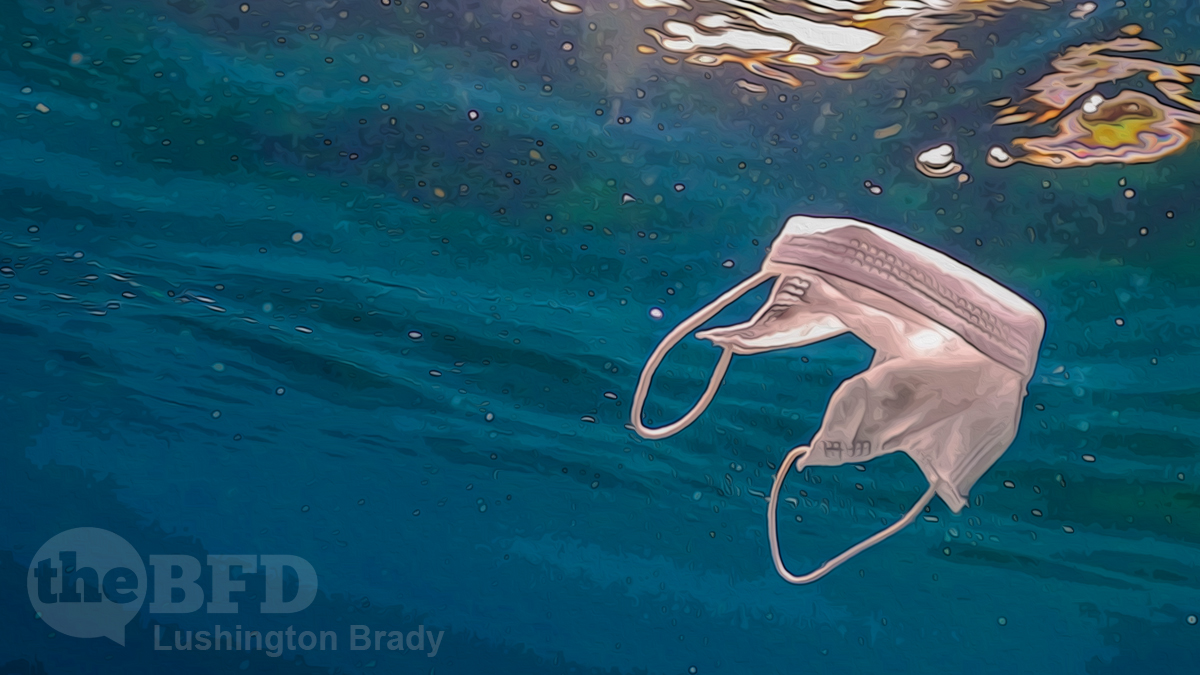Hey, remember the Ocean Cleanup guy? A decade ago, a Dutch teenager promised to “rid the world’s oceans of plastic”. Naturally, in a culture besotted with the idea that children are the saviours of the planet, Boyan Slat swept the world of social media. TEDx talks, millions of Facebook posts — and even more millions in crowdfunding followed.
Predictably, the social media excitement abated faster than you can say “Joseph Kony” — so where is Boyan Slat and his Ocean Cleanup idea, now?
In his [2013] talk, Mr Slat laid out his belief that a well-designed, floating system of nets could clean up the Great Pacific Garbage Patch — a concentrated gyre of plastic in the Pacific Ocean — “within five years”.
So, how’s that working out?
In the years since The Ocean Cleanup was launched, designs have been tested, failed, refined, and tested again.
Should anyone be surprised? Anyone who’s ever built anything knows that there’s a vast gap between what looks good on paper and what actually works in the real world. That doesn’t mean that we should dismiss Slat’s project out of hand — after all, it took Thomas Edison two years and about 3000 designs to finally come up with a feasible light bulb. Ocean Cleanup has had more than its share of “unscheduled learning opportunities”.
In 2018, after several years of testing, the System 001 prototype was launched — a 600-metre-long free-floating pipe with a net 3m deep suspended under it.
The only problem was that the free-floating net simply floated along with the plastic it was supposed to be collecting. A year later, a new design equipped with a sea anchor was launched. It still collected very little plastic.
From the outset, the device had been planned to be free-floating rather than towed by ship, because, as Slat explained, “If you were to simply trawl for plastic, it would take [an] untold amount of time and be really expensive”.
In the end, though, that’s exactly what he had to do. Even then, the amount of plastic recovered was relatively small (153 tonnes in 2022). Critics also claimed that the recovered plastic was suspiciously clean after supposedly floating in the ocean for years.
Still, Slat’s just gone back to the drawing board. Currently in testing is System 002B, which includes an onboard plastic compactor. A larger version, System 03, is planned for the future.
But the issue remains simple: cost.
In earlier iterations of the project, Mr Slat himself said that ship-driven nets would be prohibitively expensive — hence the attempts at a passive system.
According to Alistair McIlgorm from the Australian National Centre for Ocean Resources and Security, the cost to run the vessels in the new system would be enormous.
“The fundamental problem would be that … the two vessels that he has, those fishing vessels, cost $15- $20,000 a day. For low-value plastic to recycle, that’s not sustainable,” Professor McIlgorm of the University of Wollongong said.
Then there’s the basic issue. As Mr. Incredible once said, Sometimes I just want it to stay saved, you know? For a little bit. I feel like the maid. I just cleaned up this mess. Can we keep it clean for ten minutes? What’s the point in spending millions to hoover up garbage from the oceans if certain countries are just going to keep dumping more in?
The Cocos (Keeling) Islands consist of two small coral atolls around 2,000 kilometres off the coast of northern Western Australia.
Despite a population of around 600 people, they’re drowning in trash from just a couple of Indonesian rivers.
Charitha Pattiaratchi, a multidisciplinary researcher from the University of Western Australia, said the plastic situation on Cocos (Keeling) Islands clearly demonstrated the importance of cutting off waste at the source.
“The Cocos Islands get 27 tonnes of plastics a year [washing up],” Professor Pattiaratchi said.
“Now we’ve found out that three rivers in Indonesia provide 80 per cent of the plastics to the Cocos.”
ABC Australia
At the same time, something like 90% of the plastic waste in the Atlantic Ocean is estimated to have originated with Chinese ships.
So, y’know, congratulations to Boyan Slat for trying — and providing a valuable lesson in the vast gap between TEDx talks and reality — but perhaps the most effective and cheapest remedy might be holding the countries doing the polluting to account until they mend their ways?
Then there are the billions of disposable masks going into the oceans, thanks to idiotic Covid policies.
Till then, you can ban all the plastic straws in New Zealand and it won’t make a jot of difference in the real world.
It’s almost like there’s a lesson, there, for “emissions reduction”, too…

